Rising Energy Prices
The persistent increase in energy prices has created a favorable environment for the Refuse Derived Fuel Market. As traditional fossil fuel costs continue to fluctuate, industries and municipalities are seeking alternative energy sources to mitigate expenses. Refuse derived fuel, being a cost-effective substitute, offers a solution that can potentially lower energy costs. In recent years, energy prices have seen significant volatility, prompting a shift towards renewable and alternative energy sources. The Refuse Derived Fuel Market stands to benefit from this trend, as businesses and governments look to secure stable energy supplies while reducing reliance on conventional fuels. This economic pressure is likely to drive investments in refuse derived fuel technologies and infrastructure, further enhancing market growth.
Increasing Waste Generation
The escalating volume of waste generated across various sectors appears to be a primary driver for the Refuse Derived Fuel Market. As urbanization and industrial activities expand, the accumulation of municipal solid waste continues to rise. This trend necessitates innovative waste management solutions, with refuse derived fuel emerging as a viable option. In 2023, it was estimated that approximately 2 billion tons of municipal solid waste were produced annually, a figure projected to increase significantly. The Refuse Derived Fuel Market is thus positioned to capitalize on this growing waste stream, converting waste into energy and reducing landfill dependency. This shift not only addresses waste disposal challenges but also aligns with sustainability goals, making refuse derived fuel an attractive alternative for energy production.
Growing Awareness of Circular Economy
The increasing emphasis on the circular economy is driving interest in the Refuse Derived Fuel Market. As stakeholders recognize the importance of resource recovery and waste minimization, refuse derived fuel is gaining traction as a sustainable energy solution. The circular economy model promotes the idea of reusing materials and reducing waste, aligning perfectly with the principles of refuse derived fuel production. In recent years, various initiatives have been launched to educate businesses and consumers about the benefits of waste-to-energy processes. This heightened awareness is likely to lead to increased demand for refuse derived fuel, as organizations seek to enhance their sustainability profiles. The Refuse Derived Fuel Market is thus expected to grow as more entities adopt circular economy practices, further integrating waste management with energy production.
Environmental Regulations and Policies
The implementation of stringent environmental regulations and policies is a crucial driver for the Refuse Derived Fuel Market. Governments worldwide are increasingly recognizing the need to reduce greenhouse gas emissions and promote sustainable waste management practices. Regulations aimed at minimizing landfill usage and encouraging waste-to-energy initiatives are becoming more prevalent. For instance, many regions have set ambitious targets for waste diversion from landfills, which directly supports the adoption of refuse derived fuel technologies. The Refuse Derived Fuel Market is thus likely to experience growth as compliance with these regulations becomes essential for waste management entities. This regulatory landscape not only fosters innovation in fuel production but also enhances the overall sustainability of energy systems.
Technological Innovations in Waste Processing
Technological advancements in waste processing and fuel production are significantly influencing the Refuse Derived Fuel Market. Innovations such as advanced sorting technologies, improved shredding techniques, and enhanced drying processes are enabling more efficient conversion of waste into fuel. These developments not only increase the quality and calorific value of refuse derived fuel but also reduce production costs. As of 2023, the market has witnessed a surge in investments in research and development aimed at optimizing these technologies. The Refuse Derived Fuel Market is thus poised for growth, as enhanced processing capabilities allow for greater volumes of waste to be transformed into energy. This technological evolution is likely to attract new players and stimulate competition within the market.


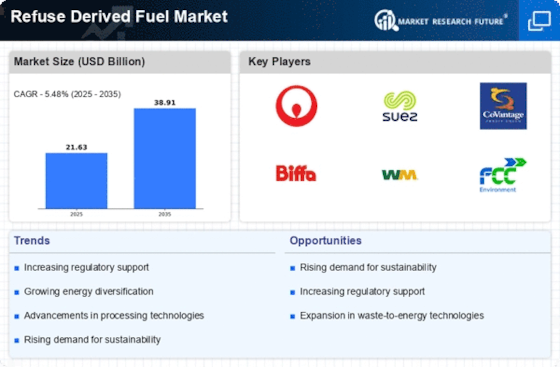
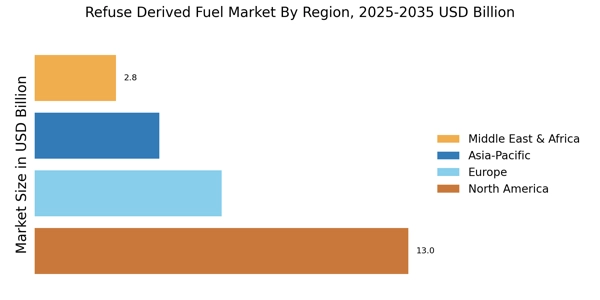
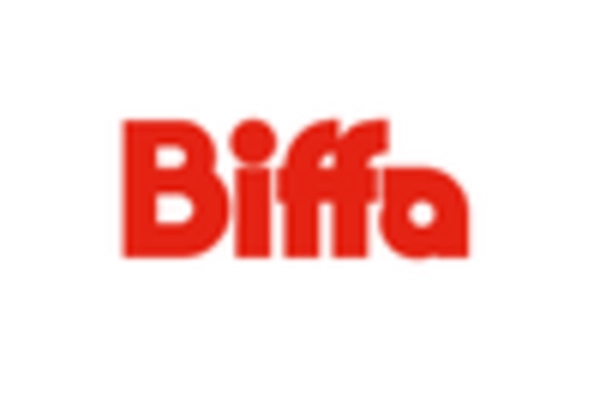

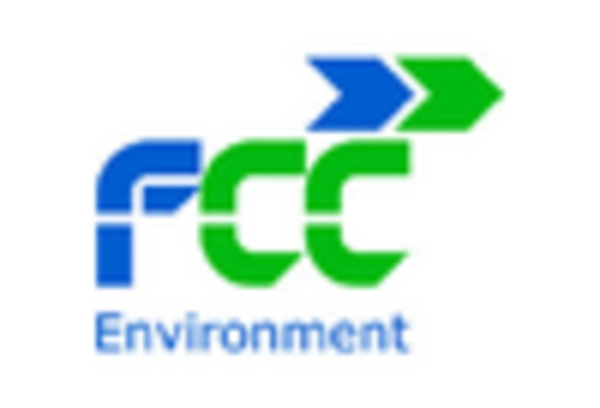
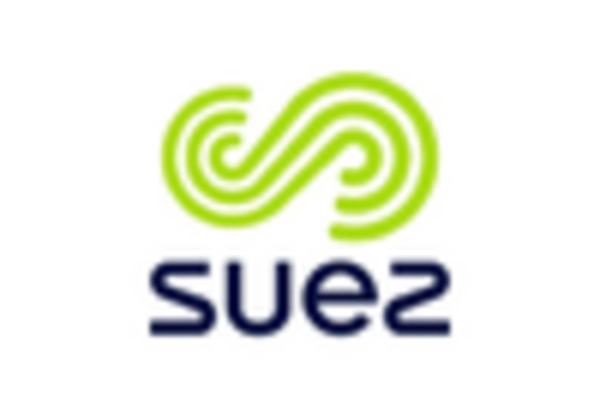

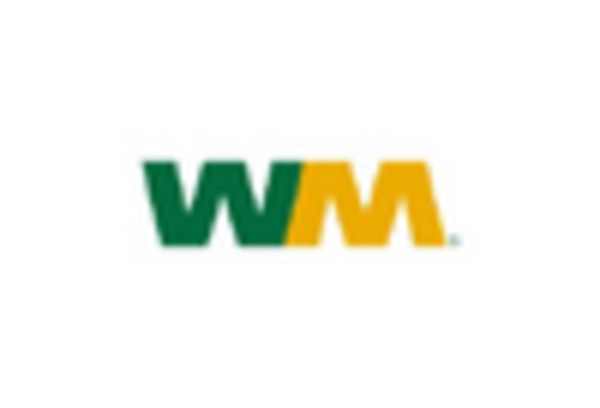








Leave a Comment